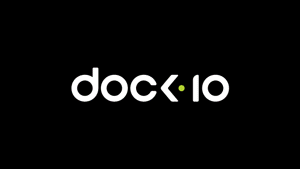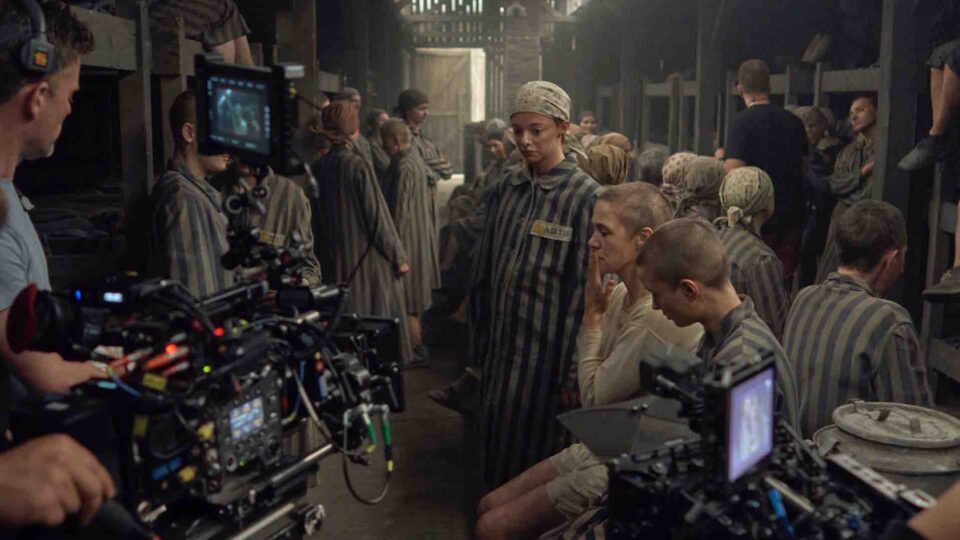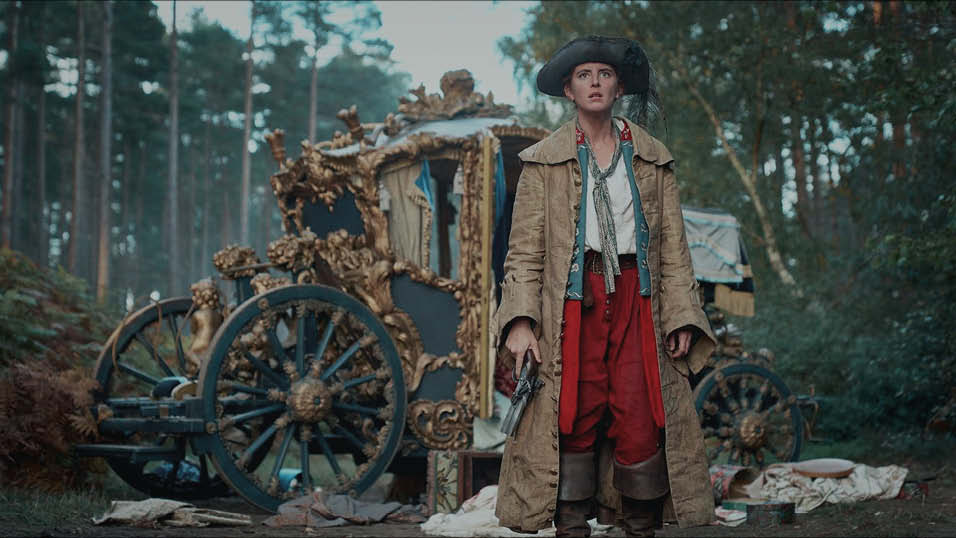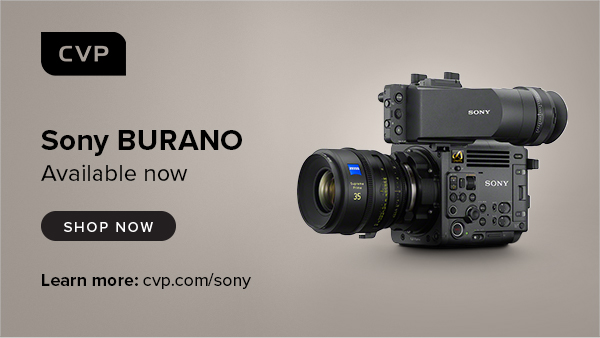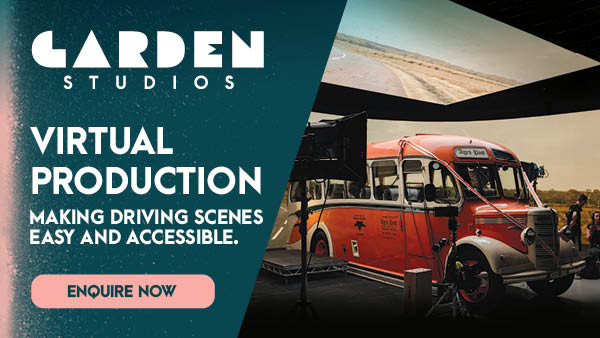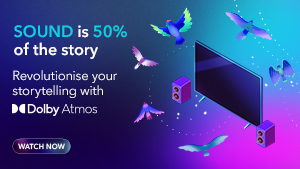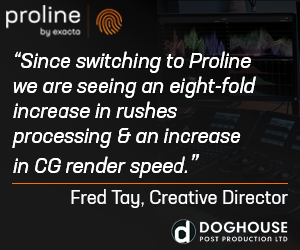"If you look at satellite photographs of the Far East by night, you’ll see a large splotch curiously lacking in light," wrote Barbara Demick on the first page of her award-winning book Nothing to Envy. "This area of darkness is the Democratic People’s Republic of Korea."
Published in 2010, Nothing To Envy was based on interviews with defectors from North Korea, one of the most impenetrable and brutal regimes in the world. It revealed the true scale of human rights abuses, poverty and famine in a country where hundreds of thousands have died of famine and in prison camps.
The subject could now reach a wider audience if a film based on the book comes to fruition.
Andy Glynne’s Mosaic Films recently won the rights to adapt the book and is looking to raise £3.9m to develop and produce a feature length animation about life inside North Korea.
32.jpg) Citing acclaimed animated features such as Waltz with Bashir and Persepolis, Glynne says the subject matter lends itself perfectly to animation. “You can’t film inside North Korea, recreate the scale of what is happening or identify contributors, so this is a perfect way to raise awareness.”
Citing acclaimed animated features such as Waltz with Bashir and Persepolis, Glynne says the subject matter lends itself perfectly to animation. “You can’t film inside North Korea, recreate the scale of what is happening or identify contributors, so this is a perfect way to raise awareness.”
Because of its large budget, Mosaic is running a multifaceted campaign to raise funds involving crowd-funding, foundation support, philanthropic giving and traditional feature film funding sources.
The website Nothingtoenvy.net is the focus for much of the fund-raising campaign, which kicked off with a launch event last month at the Frontline Club. Given the long production time for animation, Glynne says he intends to use part of the money to fund virals and two other documentaries based on interviews with defectors to keep the issue in the public eye.
Glynne, who is also director of the Documentary Filmmakers Group, aims to raise an initial £150k to fund development, including a screenplay and powerful animation teaser to help unlock further finance.
.jpg) Mosaic has already produced early concept drawings, above, which will be developed further. “We’re trying painstakingly to find the right look and feel – it’s not 3d, cgi or stop motion but a 2d look which is as realistic as possible apart from sequences that are metaphorical and abstract.” The idea, he adds, is to give viewers “the strongest sense of what life is actually like there.”
Mosaic has already produced early concept drawings, above, which will be developed further. “We’re trying painstakingly to find the right look and feel – it’s not 3d, cgi or stop motion but a 2d look which is as realistic as possible apart from sequences that are metaphorical and abstract.” The idea, he adds, is to give viewers “the strongest sense of what life is actually like there.”
Tim Dams
Share this story



